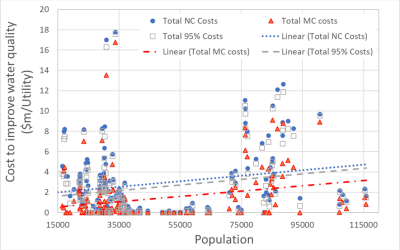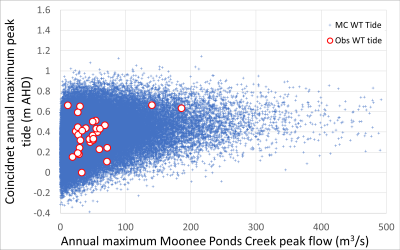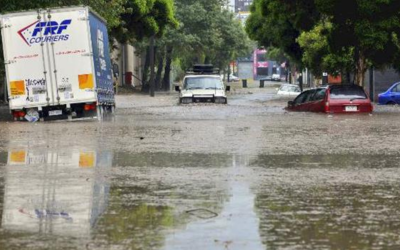Keynote presentation at the Stormwater Victoria conference at 9:10 am on Wednesday 6 May 2015
Urban stormwater management is described in Australian Rainfall and Runoff (ARR) as the hydraulic design of urban drainage. The current approach to urban drainage is based on conveyance of stormwater runoff to meet minor and major design objectives to mitigate nuisance, and avoid damage to property and loss of life.
There have been many changes in our approach to urban water management in Australia since the establishment of the centralised and separate water supply, stormwater and wastewater paradigm in the 1800s. Urban water management has especially evolved over the last two decades to include protection of waterways, mitigation of stormwater quality, Water Sensitive Urban Design (WSUD) and Integrated Water Cycle Management (IWCM) approaches. Although these approaches are relatively new, they have wide adoption and support in legislation and policies for water management throughout Australia.
This presentation discusses the need to integrate evolving approaches to urban water cycle management into guidelines for urban stormwater management.
There is a need to expand the guidance provided by ARR to accommodate contemporary and integrated approaches to urban water cycle management which starts with the integration of land and water planning across time horizons and spatial scales. This guidance must include advances in urban water cycle management, and be cognisant for the likely advances in science and professional practice over the next 30 years.
An appropriate policy framework is also required to integrate land and water management with design processes at all spatial scales from local to regional. This framework also needs to apply to urban renewal and asset renewal or replacement choices. Appropriate design methods for integrated solutions are likely to include variability of real rainfall events by using continuous simulation, Monte Carlo frameworks and techniques that consider complete storms, frequency of rainfall volumes and the spatial variability of events.






